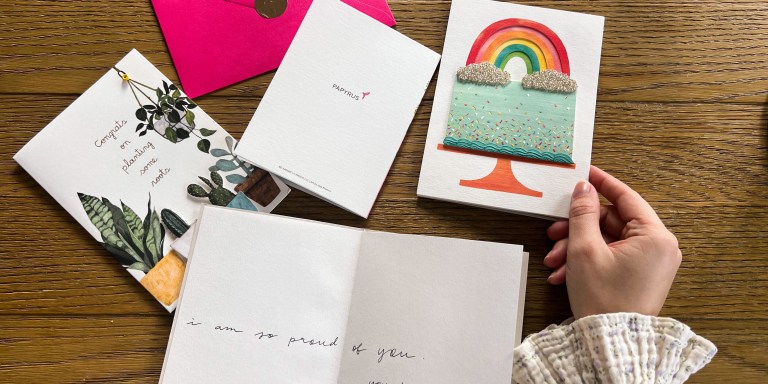
When I was 24 years old I fell madly in love. I was madly in love for three weeks, and then spent the next 30 years struggling to regain and maintain that wonderful feeling. In the course of my long marriage and in the many years I’ve been counseling individuals and couples, I’ve learned what it takes to keep love alive and what diminishes the feelings and experience of love.
The concept of what it takes to keep love alive is really quite simple, but not so easy to do. The simple answer is this: love flows between two people whose hearts are open to learning and to sharing love. The hard part is keeping the heart open.
Before I go more deeply into what does keep love alive, I want to focus on what doesn’t work to keep love alive. The bottom line of what diminishes or even eventually kills loving feelings is controlling behavior.
There are two major forms of controlling behavior that always result in dampening loving feelings:
Overt control such as anger, blame, criticism and judgment, defensiveness, lecturing, teaching, righteousness, physical violence, and so on.
Covert control such as withdrawal, withholding truth, compliance, giving oneself up, resistance, denial, and so on.
None of us like to be controlled. Most people, in the face of controlling behavior, react with their own controlling behavior. Controlling behavior diminishes love because the focus is on changing the other person rather than on changing yourself. When the intention of your behavior is to change your partner’s feelings or behavior, your behavior will often be experienced by your partner as manipulative and/or rejecting. Trying to change how someone feels about you or treats you with overt forms of control feels manipulative and rejecting to your partner, while covert forms of control such a compliance or “niceness,” feels manipulative and inauthentic to the other person.
The good news is that love CAN be kept alive, even in long-term relationships. Love is kept alive when each person is more devoted to learning about being loving to themselves and to each other than to getting love. The moment the intention is to get love, controlling behavior takes over. In any given moment, we either want to be loving and share love, or to get love. Trying to get love diminishes love. Being loving and sharing love keeps love alive. Being loving and sharing love means:
Through the practice of Inner Bonding, each person learns to take responsibility for your own feelings rather than making the other person responsible for your feelings of worth, lovability, security, happiness, joy or pain.
Each person has your own and your partner’s highest good at heart. Each of you supports your own and your partner’s joy and well being. Both of you are considerate of the other person without giving yourselves up.
Each person chooses to be honest and authentic about how you feel and what you want and don’t want. You are willing to speak your truth without blame or judgment.
Each person stays open to learning about your own and your partner’s wants, needs, and fears, especially in conflict.
What keeps love alive is each person’s willingness to do the Inner Bonding work necessary to keep the heart open to loving and learning. Controlling behavior is motivated by fear – of loss of self and loss of other, of engulfment and rejection, of smothering and abandonment. When each person is willing to do the Inner Bonding work necessary to heal these fears, they are able to keep their hearts open more and more of the time. Love flows freely when hearts are open to loving and learning.
Practicing the Six Steps of Inner Bonding is a powerful way of keeping love alive. Partners who both consistently practice this process discover the great joy of keeping their love alive. Even when it seems that there is no way to get love back, it does come back when both partners are devoted to learning to take loving care of themselves and to sharing their love with each other. Getting help and support from the membership community is incredible valuable in keeping you on track in your Inner Bonding practice.
We cannot give to another what we do not have within. Inner Bonding is a process for creating so much love within that it comes spilling out, to be joyously shared with others! ![]()





